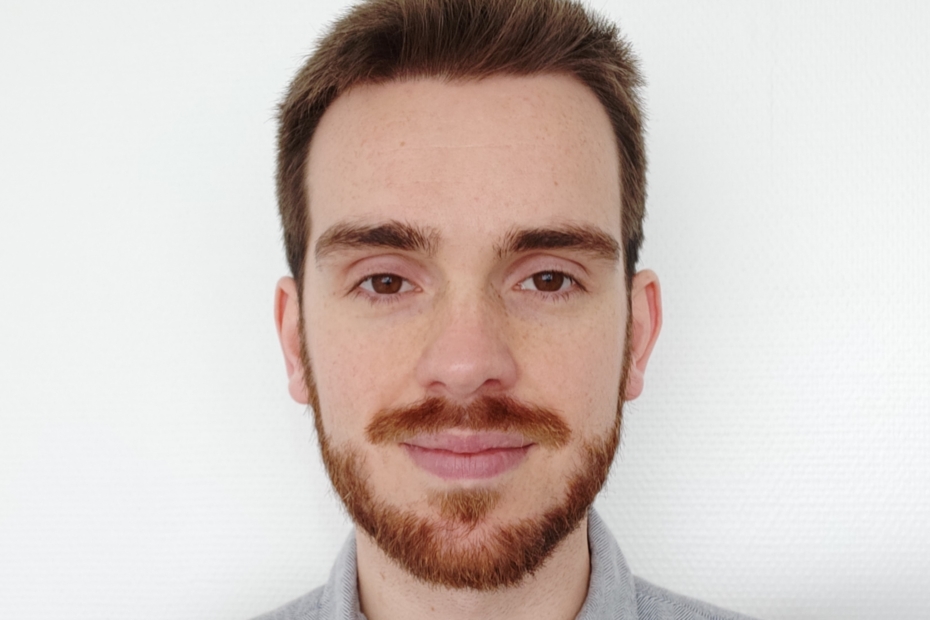Background
I completed my master’s degree in Agricultural Engineering at the University of Porto (Portugal) in 2020, with a project regarding the metabolomics of pink tomato and how they affect flavor. Developed through an internship at Enza Zaden, in the Netherlands, this experience strengthened my interest in seed production and the development of new varieties. As such, I looked for opportunities to better understand the sector and worked for KWS, for one year, as a seed multiplication technician, in the southwest of France. After pursuing a different challenge in Ile-de-France as a design engineer for ARVALIS, as part of their national crop health surveillance mission, I am now in Ghent, back to helping to develop the technologies used in crop breeding.
Research
Although effective, the methods used in classical breeding are inefficient due to the amount of time and space they require to obtain the isogenic parental lines needed for the production of desired hybrid varieties. This inefficiency makes them inadequate to tackle the challenge of feeding the world in face of a growing population and rampant climate change. As such, technologies have been developed that aim to render the process less time and space intensive and allow for the swift production of high-yielding, stress-resistant varieties. These techniques rely on the regeneration of single plant cells to produce viable material and, as such, face similar problems that can be roughly divided into two points: restricted fraction of competent cells and suboptimal culture conditions.
One important vector to improve upon the aforementioned limitations is to purify the batch of cells being used. By selecting only the highly competent cells, we solve not only the problem of the lack of quality of the starting material but also reduce the negative effects in culture conditions from the death of unresponsive cells, as well as other undesired factors such as debris.
Previous studies have demonstrated that major morphological, cytological and physiological changes occur during protoplast development. This suggests that it is theoretically feasible to enrich protoplast cell cultures based on specific morphological features. Our expectation is that we can use these as accurate parameters to identify competent cells and, aided by state-of-the-art image-activated cell sorting technology, we will be able to isolate the most promising subpopulations of cells and develop a standardized workflow.
